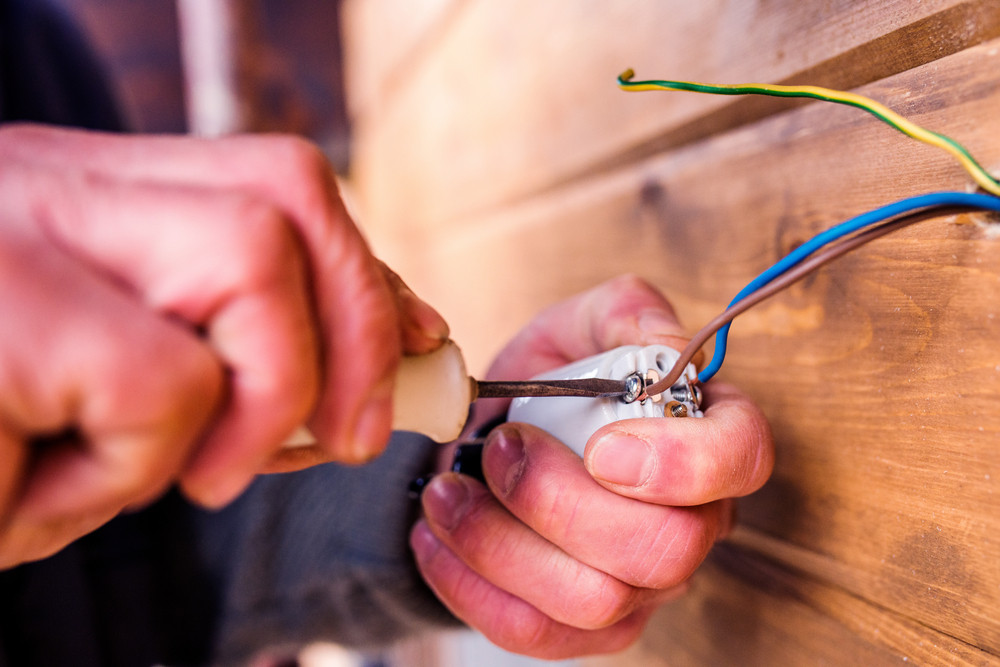
It can be somewhat difficult to choose the right emulsification system, as well as the right emulsion breaking system. While emulsification is the process of blending an oil and water (or an oil and a water-based liquid of some sort) an emulsion breaking system is something else entirely. An emulsion breaking system will destabilize emulsification. This system is really demulsification and will separate the components that were previously blended, usually by adding in different chemicals.
1. The HLB System
Utilizing the HLB system can make it much easier for you to select the right emulsification system. HLB is a scale that corresponds to exactly how much an emulsifier is attracted to water versus oil. The scale ranges from zero to 20. An emulsifier with an HLB rating of 10 or more is hydrophilic. This means it will correspond more to water and will work better in mixtures that involve water suspended in oil. An emulsifier with an HLB rating of less than 10 is more hydrophobic and works better with a mixture that has more of an aqueous phase. The HLB system works best for non-ionic emulsions
2. HLD Equation
You can utilize the HLD equation to assist with emulsions if you’re working with more ionic emulsions. This system is better equipped to take into account more specific details of the emulsion mixture, including the temperature, oil type, salinity, and surfactant concentration. Therefore, this system may work better when you’re working with mixtures that are more complex.
3. Reduced-Fat Emulsions
While emulsions are important to consider on an industrial level, they also are key to the food industry. As people become more interested in reduced-fat food, reduced-fat emulsions have become a larger topic of conversation as well. Emulsion systems can help reduce fat without deteriorating food quality. Water-in-oil-in-water mixtures are often used in this case. Fat can be taken out of droplets and then replaced with water.
There are many systems through which we can create emulsions. You just need to know what you’re working with and calculate carefully.



